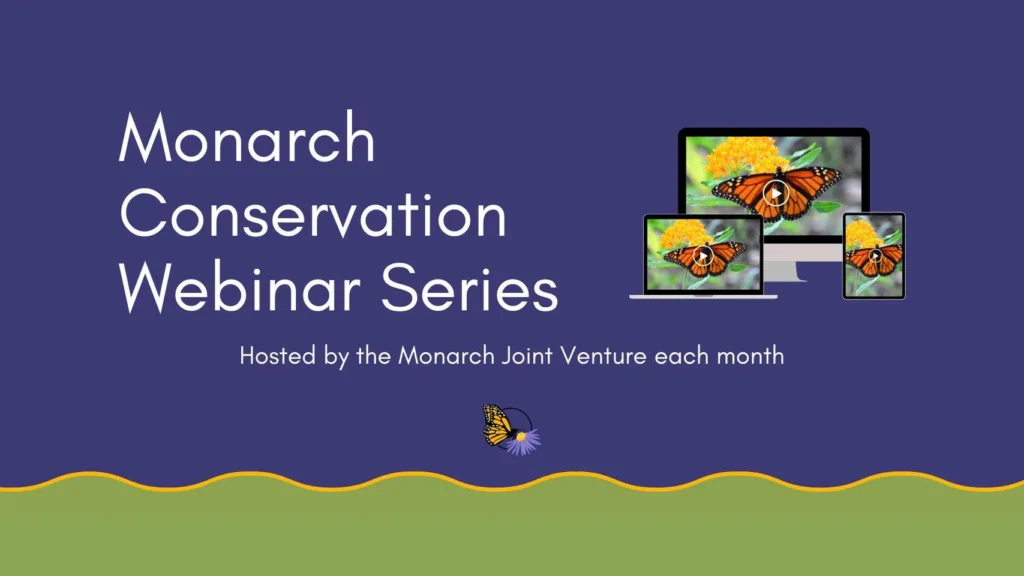November 9, 2023 @ 7:00 pm – 8:30 pm
–Calendar entry updated 10/20/2023, with a new title and an updated topic description from our speaker.
Join NPSOT-Williamson County on Thursday, November 9, 2023, when our featured topic will be “Rare Plants of Williamson County” with Bill Carr. Free and open to the public. The meeting begins at 7:00 PM. Our guest speaker’s presentation begins after a short business meeting.
This month’s presentation will NOT be recorded for YouTube.
About our topic: Although every plant is interesting in its own way, this talk will focus on some of the rare species known from Williamson County, including some that were reported from the area within the past few years, thanks to the efforts of Dr. Art Gibson* and others. This information will be provided within the natural regions framework in the hope that it will help others appreciate the botanical diversity in their neighborhoods.
* Note from NPSOT-Wilco => Dr. Art Gibson is a long-time chapter member!
About our speaker: Bill Carr received a B. S. in botany from The Ohio State University in December 1978 and wasted no time moving to Texas, settling in Alpine in January 1979 before eventually relocating to Austin. He spent 35 years doing field work for Texas plant conservation programs, first with the Texas Parks and Wildlife Department and later with The Nature Conservancy of Texas. After leaving TNCT in 2011, he formed his own company, Acme Botanical Services, to continue to help private landowners with plant conservation efforts. Bill is now working part-time as a file clerk at the Billie L. Turner Plant Resources Center at the University of Texas at Austin, the herbarium to which he contributed about 25,000 specimens during his field career.
NOTE: this month’s in-person location is the Round Rock Public Library, 200 E Liberty Ave, Round Rock, TX 78664.
The original meeting announcement is here on the Williamson County Chapter’s blog page.
Related Events
-
Dallas Chapter May 20, 2024 meeting. Native Bee Landscapes, with Laurel Treviño-Murphy
May 20 @ 6:30 pm – 8:30 pm -
Container Gardening with Keystone Plants presented by Krista De Cooke, Homegrown National Park – May 21
May 21 @ 1:00 pm – 2:00 pm




